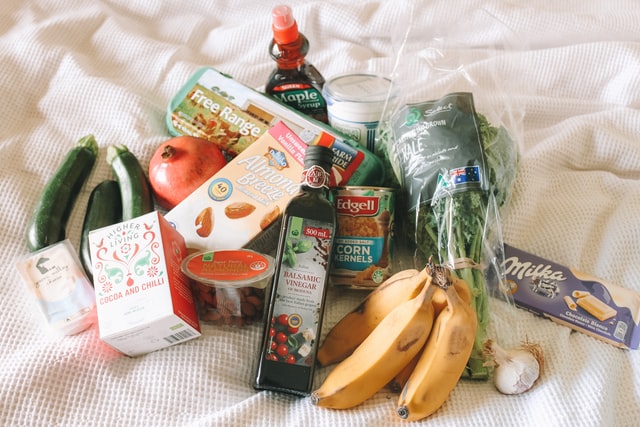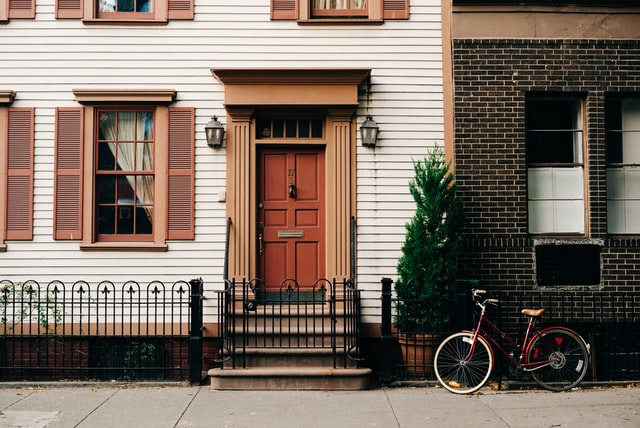Colombia offers something for everyone. Rainforests, small towns, large cities, beautiful islands and so much more are all waiting to be discovered. With so much on offer, it is easy to see why it is becoming a real hot spot for travellers. Colombia is steeped in history and tradition with amazing food and world-renowned coffee. Throw in friendly people and amazing beaches and you have a brilliant destination for a holiday. To make your trip even more amazing, it is always good to get some insider tips from people.
Do you need a visa?
Some countries are exempt from this so it is best to check before you set off. If you are travelling from a country of this nature, you will receive an entry stamp stating how many days you will be in Colombia. This is typically 90 but can be extended. You may be asked to show proof of onward travel at this point, so it is best to have an outbound flight arranged.
Colombia now requires people to fill in a Check Mig form online before travelling. Natvisa then sends a notification to your email address.
NOT starting in the capital
Colombia’s capital city (Bogotá) is one of the highest cities in the world. This high altitude is not for everyone so try booking flights into other cities such as Medellin or Cartagena. Searching Colombia rather than a specific city will open more options. The capital city is well worth a visit, but most travellers recommend this for the end of the trip.
Choose a good time to visit
Colombia has rain seasons so if you’re not a fan of afternoon showers on holiday then these are best avoided. Summer months bring the most rain whereas the winter months have the least. Christmas time tends to be the busiest time to visit Colombia and the Tayrona National Park closes for the whole of February.
Stay safe
Most of Colombia is very safe, especially in more tourist areas where hotels are common. Pickpockets and currency scams are commonplace, but these are not unique to Colombia. You are also required to always carry your passport or a copy of it or risk being fined. If you are planning on exploring off the main streets, do your research and don’t get caught out. It is also advised to keep valuables hidden and bags fastened. Don’t ‘dar papaya’ yourself. This phrase translates locally as making it easy for someone to target you.
Avoid Pablo Escobar
Yes, this is usually the first name that springs to mind when thinking of famous Colombians, but local people are keen to move away from the stigma of its drug and violence fuelled past. They are keen to not have these tours anymore despite their popularity among tourists. They would rather people focus on their more recent history. It is understandable why the people of Colombia are not proud of this part of their history and are trying to move away from it. Treat his name like Lord Voldermort from Harry Potter and you won’t go far wrong with this one.
Coffee!
Colombia is the third-largest coffee producer in the world. It would be foolish not to explore a plantation or a town in the coffee region. Armenia, Pereira, Manizales and Ibagué are all popular towns for coffee enthusiasts.
Visiting a plantation to learn the coffee-making process is well worth booking.
Visit Medellin
This is Colombia’s second-largest city and has undergone a serious transformation in the last decade. Visitors in August enjoy the amazing flower festival. Medellin also has the world’s largest cathedral to be constructed from baked bricks, the Metropolitan Cathedral. Add in some museums and botanical gardens and you have a city full of culture and discovery.
Spanish and Colombia
The majority of Colombia speak Spanish so learning some will go a long way towards being welcomed by the locals. The country of Colombia is a different spelling to the US state of Columbia so bear this in mind when writing or uploading to social media pages. Also, Colombia and Columbia are pronounced differently in Spanish so knowing the difference is important.
Cash is key
Colombia has come a long way in improving its reputation but is still a long way from becoming cash-free. Some places allow credit cards but the majority deal in cash only. Have enough cash for the day and a small reserve. Local street foods typically cost 1000 COP whereas cheaper restaurants offer meals priced at roughly 10,000 COP. 1000 COP is roughly $5US so Colombia is reasonably priced in food terms.
Columbia offers lots of options for exploring and making memories. Keep your wits about you like you would in an unfamiliar city, and you will have a fantastic time in this South American destination.
About the Author
Kendra Beckley is an innovative business development manager and editor at Write my case study and Do my coursework. She thrives upon getting companies to enter a new market and build long-term relationships with partners. In her free time, which is limited, Kendra is interested in writing articles on various topics on Thesis writing service.






